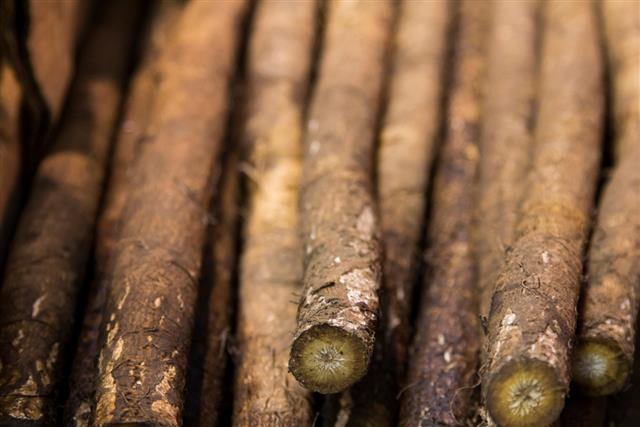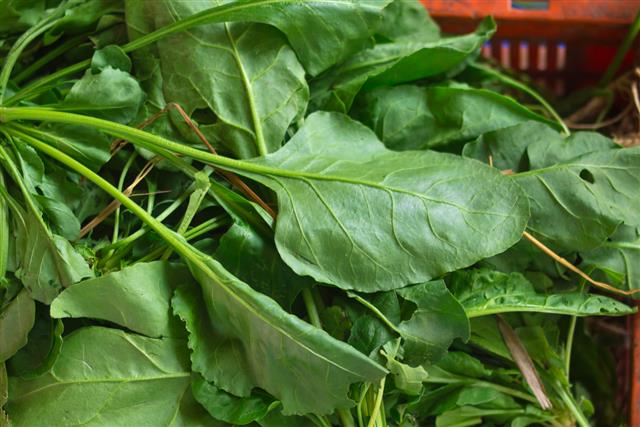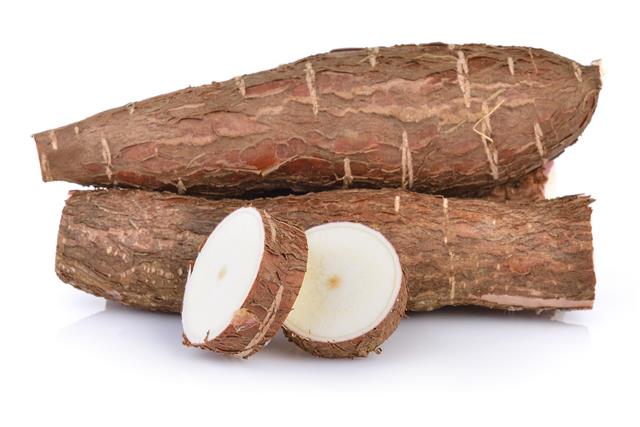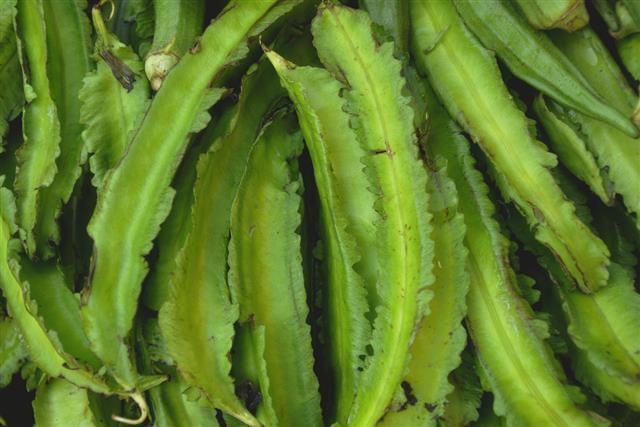
For avid gardeners, nothing can be more interesting than growing exotic vegetables and harvesting them for consumption. You can experience the same by learning easy tips on how to grow exotic vegetables and implement them in your gardening project.
Exotic fruits and vegetables are mostly maintained under controlled conditions of greenhouses. But, this doesn’t mean that they are difficult to grow and maintain for a layman. In short, exotic veggies do not always require greenhouse conditions for optimal growth. If you love to experiment with growing different vegetable varieties, you can certainly plant them. And believe me, it’s a rewarding job to grow lesser-known, varied tasting, nutritious vegetables in your garden.
Exotic Vegetable List
Before we discuss the tips for growing exotic vegetables, let’s try to identify some of the commonly consumed exotic veggies. If you maintain a vegetable garden, you might have, in all likelihood, already planted some of these vegetables. The point is, growing these cultivars is no different from that of other local vegetables. A list of exotic veggies, of which you can select some for planting in your garden, include the following:
- Leeks
- Arugula
- Broccoli
- Anise
- Currant tomatoes
- Lentils
- Burdock
- Kohlrabi
- Endives
- Mushroom
- Chicory
- Collard greens
- Bitter melon
- Garlic
- Celery
- Chayote
- Winged beans
- Yard long beans
- Fennel
- Bok choy
- Artichokes
- Chives
- Kale
- Brussels sprouts
- Eggplant
- Zucchini
- Okra
- Asparagus
- Beansprouts
- Yucca
- Kohlrabi
- Calabaza squash
- Spinach
- Taro
- Yellow beets
- Parsnip
- Turnip
- Rhubarb
- Watercress
How to Grow Exotic Vegetables?
Most of us have an impression that growing exotic veggies is challenging. Well, this may not be the case for every variety, as many of them grow well in a wide range of soil and environmental conditions. The only logic to maintain healthy exotic vegetables in your garden is to understand their specific growth requirements and care for them accordingly. While this may not be an easy task as there are lots of varieties, you can still apply the basic tricks for growing vegetables.
- Selecting exotic vegetables is the first step that you should consider for including them in your gardening project. Finalize the ones which are nutritious, tasty and suited for growing in your area. Then, place an order for the seeds to a trusted vendor.
- Choosing an appropriate growing site is another factor for growing exotic plants luxuriantly. Sunlight exposure and soil condition should be monitored stringently while deciding planting location for specific exotic veggies.
- Say for instance, when a sun loving vegetable is planted in a shaded area, it becomes weak, and susceptible to disease and pest problems. Also, growing veggies in waterlogged soil is associated with root rotting and problems alike.
- The next step to grow exotic vegetables is garden soil amendment and preparation. Fertile, well-drained and moist soil suits most of the vegetables. It promotes root system and allows absorption of plant nutrients, thereby supporting overall plant growth.
- For most vegetable types, the ideal time to prepare garden soil is spring time. Remove unwanted plants that will later compete with your exotic veggies for nutrition. Supplement organic compost to the planting soil (about one part in four parts soil) and mix thoroughly.
- Start with your gardening project in spring, like you usually do for other crops. Consider sowing seeds indoors in germination trays filled with potting mix. By doing so, you will be ready to transplant seedlings by the time spring frosting is over.
- At the time of sowing exotic vegetable seeds, refer to the packet directions properly. Make sure that they are sown in the same depth as mentioned on the package. Also, water the seeds in suggested amounts to promote maximum germination.
- Considering that you provide heat and moisture within the directed range, healthy seedlings will develop very soon. Continue to water and care for them, until frosting is over and you can transplant them in garden beds.
- When favorable conditions arrive, dig planting holes in the already prepared garden soil. The holes should be a bit larger than the size of the root balls. Then, using garden trowel, gently collect healthy seedlings with some soil attached to them.
- Ensuring that the fragile roots are intact, place 1-2 seedlings in each planting hole and slowly backfill soil. Water the newly grown seedlings and protect them from harsh sunlight. Regularly mist them to maintain adequate moisture and humidity.
- As the vegetables get acclimatized to the growing area, you can reduce frequency of watering. But do not allow the soil to dry out completely for consecutive days. A simple tip is to keep the soil well-drained and moist.
- Augmenting fertilizers is not necessary for growing healthy vegetables. If you notice impaired growth of vegetables or suspect nutrient deficiency of soil, only then supplement soil with an organic fertilizer in correct quantities.
The newly planted vegetables will be tolerant to fluctuating heat and light. However, keep a watch over growth of weeds and get rid of them as soon as possible. Try to protect exotic vegetables from diseases and pests by adopting cultural practices. Applying a mild soapy solution is effective to control insect pests. By growing exotic vegetables right in your garden, you can enjoy fresh veggies free of insecticides and harmful chemicals.




































